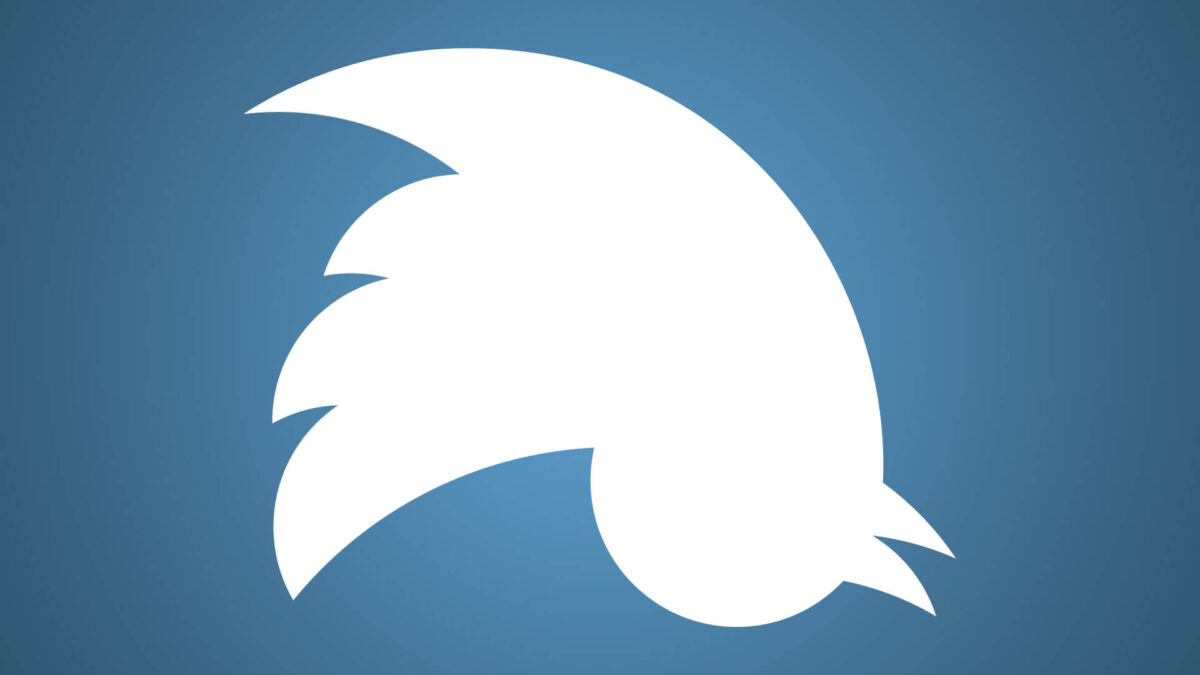“Things like [the Net[ tend to be self-balancing,” (then) IBM security engineer David Chess tells Andrew Leonard at the end of his 1997 book Bots: The Origin of New Spccies. “If some behavior gets so out of control that it really impacts the community, the community responds with whatever it takes to get back to an acceptable equilibrium. Organic systems are like that.”
When Leonard was writing, Usenet was the largest social medium. Quake was the latest hot video game, and text-only multi-player games were still mainstream. CompuServe and AOL were competing to be the biggest commercial information service. In pocket computers, the Palm Pilot was a year old and selling by the million. And: everyone still used modems; broadband trials were two years away.
It was also a period of what Leonard calls “decentralized anarchy”: that is, the web was new and open (and IRC and Usenet were old and open), and it was reasonable to predict that bots would be the newest wave of personal empowerment.
Here in 2023, we’ve spent the last ten years complaining about the increasing centralization of the web, and although bots are in fact all around us, no service provides the kind of tools that would allow the technologically limited to write them and dispatch them to do our bidding. In fact, on the corporately-owned web, bots only exist if some large company agrees they may. Yesterday, Twitter decided it doesn’t agree to their existence any more, at least not for free; as of February 9 developers must pay for access to Twitter’s application programming interface, which was free until now. Pricing is yet to be announced.
APIs are gateways through which computer programs can interoperate. Twitter’s APIs allow developers to build apps that let users analyze their social graph, block abuse, manage ad campaigns, log in to other sites across the web, and, lately, help you find and connect with the people in your Twitter list who are also on Mastodon; they also enable researchers to study online behavior and make possible apps that roll threads into a correctly ordered single page and many more, as Jess Wetherbed explains at The Verge. Many of these uses are not revenue-generating and not intended to be; most will likely shut down. It will be a fascinating chance to discover what bots have actually been doing for us on the service. Their absence will expose Twitter’s bare bones.
However, as Charles Arthur writes at his Social Warming Substack, the move won’t deter the *other* kind of bots – that is, the ones people complain about: paid influencers, scammers, automated accounts, and so on, which can’t be killed at scale and aren’t using the API.
This all follows Twitter’s move two weeks ago to block third-party clients without notice. Granted, Twitter needs money: its change of ownership loaded its balance sheet with debt, its ad revenues have reportedly plummeted, and its efforts to find new revenue streams are not going well. If fears of Twitter’s demise and the return of users previously banned for bad behavior weren’t enough to send users scrambling to other services, this new move, as Mike Masnick quips at TechDirt, seems perfectly designed to send even more users and developers to Mastodon, where openness is a founding principle and therefore where years of effort can’t be undone in a second by owner decree.
The really interesting question is not so much whether Twitter can survive as a closed-garden paywalled channel, which seems to be its direction of travel, but whether its enclosure represents the kind of disruption that Chess was talking about: one that becomes an inflection point. Earlier attempts to swim against the tide of centralization represented by Facebook and the rest of Web 2.0, such as the 2010-founded Diaspora, have never really caught fire.
It’s tempting to make tennis analogies: often, when a new champion becomes dominant a contributing factor is nerves or self-destruction on the part of the top players they have to beat. And right now there’s Twitter destroying its assets to suit the whims of a despotic owner, Facebook panic-spending to try to secure itself a future with technology it hopes will restore the company’s youthful glow, the ad market that supports all these companies shrinking, and governments setting privacy and antitrust laws to stun.
It’s also true that users are different now. The teens who lied about their ages to get onto Facebook in 2010 are in their mid-20s. An increasing number of the 40-something parents of today’s teens have had broadband Internet access their entire adult lives. The users exploding into the combination of smart phones and social media in 2010 needed much more help than they do today, help that slick user design provided. But part of that promise was also keeping users safe – and there the social media companies have failed in all directions and at all scales.
If this really is the moment where the Internet reverts to decentralized anarchy and rediscovers the joys of connecting without the data collection, intrusive advertising, and manipulation, governments will seek to reimpose control. And the laws to help them – for example, Britain’s Online Safety bill – are close to passage. This will be a rough ride.
Illustrations: The Twitter bird flying upside down.
Wendy M. Grossman is the 2013 winner of the Enigma Award. Her Web site has an extensive archive of her books, articles, and music, and an archive of earlier columns in this series. Stories about the border wars between cyberspace and real life are posted occasionally during the week at the net.wars Pinboard – or follow on Mastodon or Twitter.

2 thoughts on “Disequilibrium”